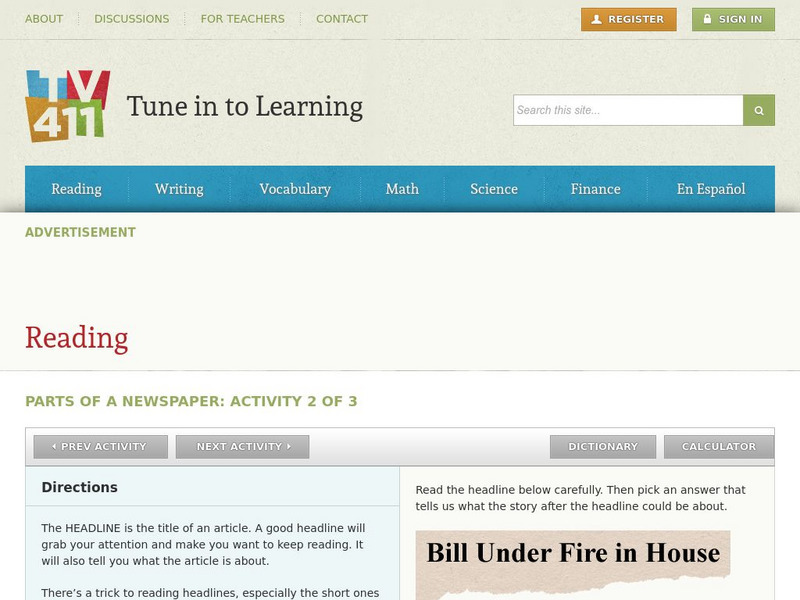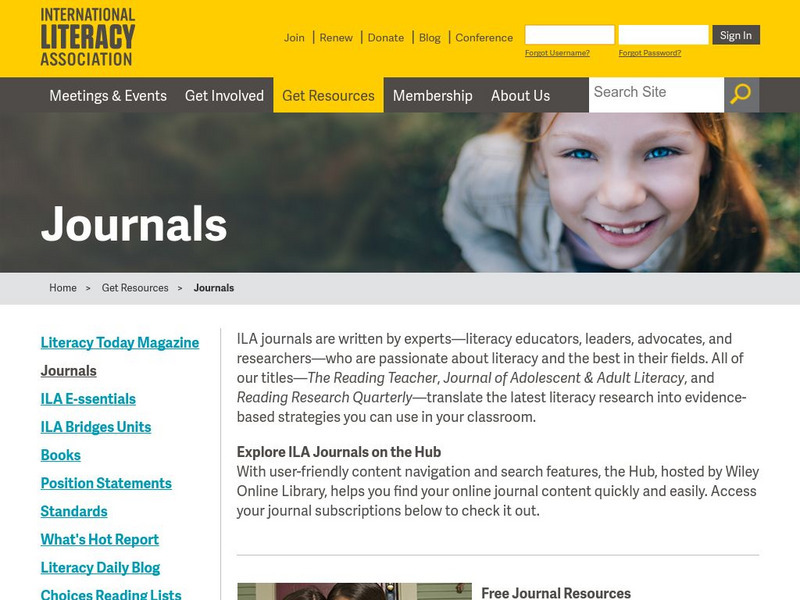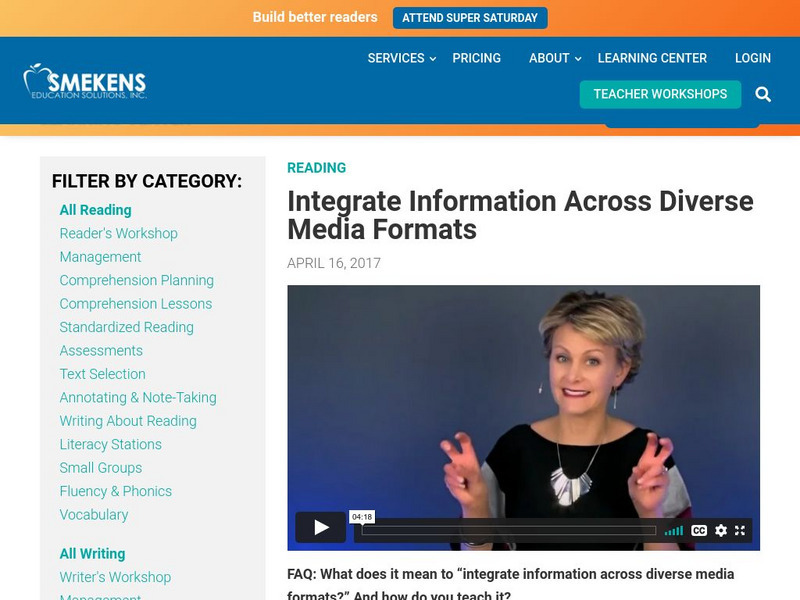EngageNY
Taking Notes and Citing Quotes from Text: Gathering Information on our Rainforest Insects
In other words. Scholars practice using paraphrasing and quotes. They partner in pairs to write a paraphrase for an information text strip. Individuals then use their skills to paraphrase information from the text Fire Ants.
US Department of Commerce
Constitution Day
Give your Constitution Day celebration a timely slant by discussing the census! An activity that includes analysis of the Constitutional call for a census, along with scaffolded worksheets, help pupils understand the connection between...
New York City Department of Education
Grade 5 Literacy in English Language Arts: Should the School Day Be Longer?
Scholars read newspaper articles relating to a longer school day and complete note-taking organizers as they read. They then form opinions and complete outlines before writing essays supporting their point of view.
New York City Department of Education
Grade 5 Literacy in Science: Ecosytems
How do humans affect ecosystems? Learners read two articles and interpret a graph to develop essays on the human impact on ecosystems. They read about human impact on tigers and manatees as a basis for their overarching papers.
National Woman's History Museum
Defying British Rule: Women's Contributions to The American Revolution
Primary and secondary sources are the focus of a lesson that showcases the important role women played during the American Revolution. Pairs review sources and discuss their findings. A close-reading of an informational text leads the...
Agriculture in the Classroom
"Steer" Toward STEM: Careers in Animal Agriculture
Think like an engineer and an agricultural scientist over the course of 12 lessons in a STEM based unit. Young scientists take on the roles of animal physiologists, animal geneticists, agricultural engineers, animal nutritionists,...
Curated OER
Dr. Seuss and Read Across America
What important facts about Dr. Seuss influenced the Read Across America movement...? This is the driving question of a research project that requires scholars to find information about Dr. Seuss' life and work. Class...
Core Knowledge Foundation
Rocks & Minerals
Take young geologists on an exploration of the rock cycle with this six-lesson earth science unit on rocks and minerals. Through a series of discussions, demonstrations, and hands-on investigations your class will learn...
Society of Petroleum Engineers
Renewable and Nonrenewable Energy
Energize an environmental science unit on natural resources with this collection of instructional materials. From simple coloring sheets for primary grade children, to guiding questions for a high school research...
California Academy of Science
Climate Change Impacts
Getting kids thinking about climate change now, will hopefully push them into action when they become adults. Young environmentalists discuss the evidence and causes of climate change seen in the state of California. They brainstorm ways...
Curated OER
My Senator and Me: A Dog's-Eye View of Washington, D.C.
Although this legislative process lesson plan is designed to accompany a specific text, it is valuable independently. Young learners participate in a picture walk (worksheet included) through My Senator and Me:...
Education Development Center
Tv411: Reading: Parts of a Newspaper: Activity 2 of 3
This newspaper activity requires students to read eight headlines and then select what each would be about from the options given. When answers are submitted, an explanation is also given.
Texas Education Agency
Texas Gateway: Themes in Literary Texts (English 6 Reading)
Learn how to infer the implicit theme in a work of fiction, distinguish theme from topic, and make complex inferences using textual evidence.
Quia
Quia: Reading Comprehension (Reading for Facts)
There are 30 questions in this activity. Practice your reading skills with one or two short stories at a time. Read the story, then choose the answer that best answers the question.
International Reading Association
Reading Online: Content Area Literacy Lessons Go High Tech
Research and ideas about the use of technology to aid in reaching content area literacy goals.
Education Development Center
Education Development Center: Tv411: Parts of a Newspaper
Students click through a instructional activity about the parts of a newspaper and answer questions about the types of articles found in each section, headlines, and captions that would go with photographs. Links to related videos are...
Other
Kim's Korner: Six Trait Analytic Writing Model
Check out this comprehensive website featuring ideas for teaching writing based on the six trait analytic writing model.
Other
Storytelling to Assess Speaking and Listening
An effective use of rubrics that encourages the student storyteller how to determine if his/her audience is listening. Learn about the different listening skill rubrics, storytelling rubrics and a self-assessment guide that asks the...
Other
Smekens: Integrate Information Across Diverse Media Formats
Read about strategies to help students integrate information across diverse media formats. Includes video. [4:18]
Other
Morningside Center: Active Listening
In this lesson, students practice active listening by paraphrasing what they hear. Students will practice listening to one another and repeating what they heard. Various listening activities are included in this lesson.
South Carolina Educational Television
Know It All: Non Fiction Text Features
Fifth graders will use non-fiction books to identify and explain how text features help them as individual readers.
Better Lesson
Better Lesson: Unit: Informational Text: Writing
This unit is designed to teach students about research writing. The lessons follow the format of Writer's Workshop. Many of the lessons provide a formula for students to follow while constructing their essays to ensure struggling readers...






















